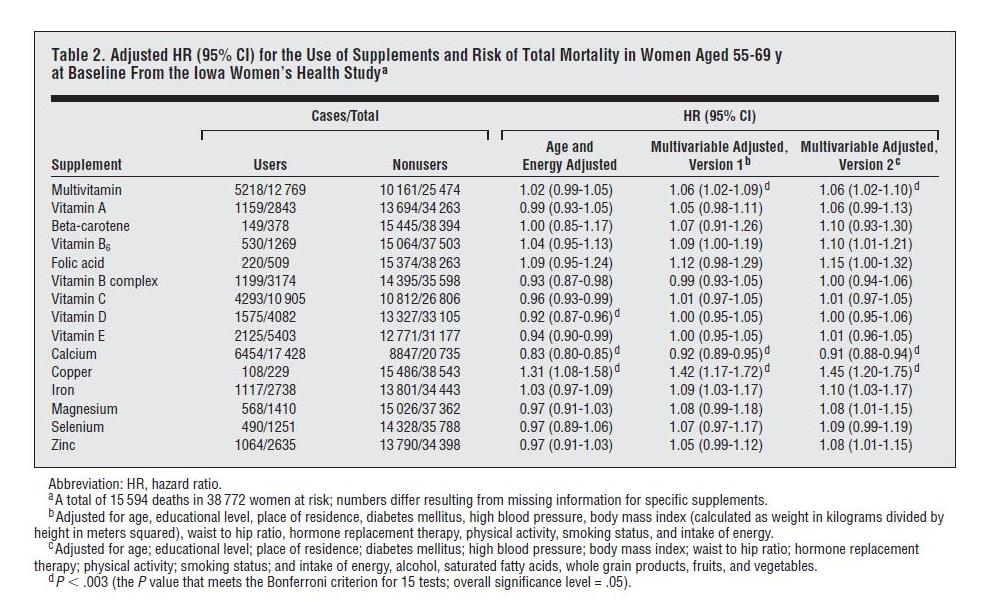I’ll be speaking on Saturday Nov 12 at the Wise Traditions Conference in Dallas, doing the “Wellness Track” from 9:00 am until 12:15 am. The conference will be full of great speakers, so please consider attending:
I’ll also be speaking on Saturday Nov 19 at CrossFit NYC, at 25 W. 26th Street, 3rd floor (between Broadway and 6th Avenue). There will be a charge of $15 for a seminar plus question-and-answer session that will run from noon until about 2:30 pm. The talk will be in the 4th floor annex. Some information is also available through the Eating Paleo in NYC Meetup group.
In Dallas I’ll speak in two 90-minute sessions, the first on diet and nutrition and the second on healing and preventing disease. The second talk will include material that hasn’t yet appeared in our book or blog.
The CrossFit NYC talk will discuss evolutionary evidence for the optimal diet, factors that can impair health or sabotage fitness, and lifestyle and dietary steps to overcome those factors, with a special focus on a few bottlenecks to fitness that may commonly be overlooked by Paleo or CrossFit adherents.
I’m looking forward to meeting everyone in Dallas and New York!
Alas, due to a backlog of work, I probably won’t blog until I’m back from Dallas.
[1] Music to read by: Shirley Temple has animals in her stomach:
[2] Interesting posts this week:
Gorillas are dying from a common human respiratory virus, and an insect invasion is terrorizing Manhattan. Don’t worry, it’s the Upper West Side, CrossFit NYC is safe!
Stephan Guyenet refutes the insulin-is-to-fat-storage-as-a-car’s-gas-pedal-is-to-acceleration hypothesis of obesity by noting that genetic manipulations of various genes in the liver only generate high circulating insulin (4 to 10 times higher than normal) and yet these high insulin levels do not lead to an increased level of fat storage.
Wired magazine reports some explorations in food reward:
- Music can change the taste of wine.
- People prefer beer laced with balsamic vinegar (as long they don’t know it’s been added)
- People prefer paté made from dog food.
So if you’re trying to make your food bland to lose weight, you might try playing music you dislike at dinner, keeping vinegar out of your beer, and removing dog food from your paté recipe.
A study finds that saturated fat increases BMI more than fat mass, which I take to mean that dairy fats promote muscle gain.
Kelly Starrett offers his most important MWOD ever.
Robb Wolf and Mr X discuss testosterone.
Seth Roberts reports “a stunning discovery”: it’s better to take vitamin D in the morning.
Ned Kock reveals the “mysterious factor X” in the China Study.
Don Matesz asks if antibiotics may cause obesity and cancer.
Touching on a topic raised here not long ago (Local Farming and The Fight for Quality Food, Oct 25, 2011), Melissa McEwen quotes Joel Salatin explaining why he raises an unnatural breed of chicken that can barely walk and sickens by age 10 weeks.
Also related to that post, Dr. Michael Greger offers some numbers on the health risks from unhealthy livestock.
Twenty thousand deaths a year from prescription drug overdose. Still waiting for the first case of Perfect Health Diet overdose.
The newest fashion: edible dresses. And the material is PHD compatible!
Happy blogiversary, Richard Nikoley!
Via Dr BG, “The Gut-Brain Connection: An Inside Look at Depression.”
Seth Roberts says that sunlight works “via nerve, not blood.”
Mrs. United States 2011 is Paleo and does CrossFit.
[3] Cute animal photo: The cute animals get all the love:
By Govardhan Gerhard Ziegler via Matthew Dalby on Facebook. Bonus red panda video, also from Matthew:
[4] Medical breakthrough! A California doctor has learned how to turn brown eyes blue:
Which calls for more music:
[5] Joshua Newman has your nerd humor:
Two chemists walk into a bar.
The first says, “I’d like to order some H20.”
The second says, “I’d like to order some H20, too.”
The second man dies.
[6] Comment of the week: Scotlyn on calorie restriction for longevity:
Regarding caloric restriction, I once had a short correspondence with Dr Speakman, a well-known caloric restriction researcher at Aberdeen university and one of the authors of this and this.
I was asking if there was any way to measure the overall well-being of calorically restricted rats, as one of the main considerations when extending lifespan is whether it is possible to extend the quality of life as well, or if the result instead would only be a “thin” extension of existence “like too little butter scraped on too much bread” (Bilbo in Lord of the Rings).
I also asked if there were lessons to be drawn from the Ancel Keys starvation studies, which showed that caloric restriction in humans led to constant hunger, cold, lack of energy or libido, and total fixation on food and other mental and physical health derangements.
This was his fascinating (and faultlessly generous to an unsolicited query) reply:
The Keys study is very revealing but differs from modern CR protocols in three ways. First the extent of restriction was much greater. Second they were also malnourished in some vitamin components. However, their experiences are all exaggerations of the experience of many modern people who do CR. The third difference is they were under involuntary restriction and have very different motivations to modern CR proponents who believe they will benefit directly from what they are doing. This cost benefit difference is very important to one’s psychological reaction to the treatment. I have no doubt many CR adherents are able to suppress much of the negative effects of deprivation. Lab mice are also not volunteers and I suspect if we could measure it they would be miserable.
Does this mean you would be miserable on CR? From your message I guess the answer is yes. Does this mean all CR people are miserable? Absolutely not.
It isn’t a life I would choose for a few extra months in the nursing home but for some people it clearly is. Its all down to personal choices I guess…
His last point is in reference to his own finding that lab rats who commence caloric restriction in adulthood gain only small increments in lifespan.
[7] Moving up the career ladder: Spanish neurologist invents “neurogastronomy” and becomes a New York City chef:
[8] Shou-Ching’s Photo Art:
[9] Video of the week: Two 20-foot tallwide, 1500 year old Giant Sequoias fall. German tourists capture the last moments on video:
























Recent Comments